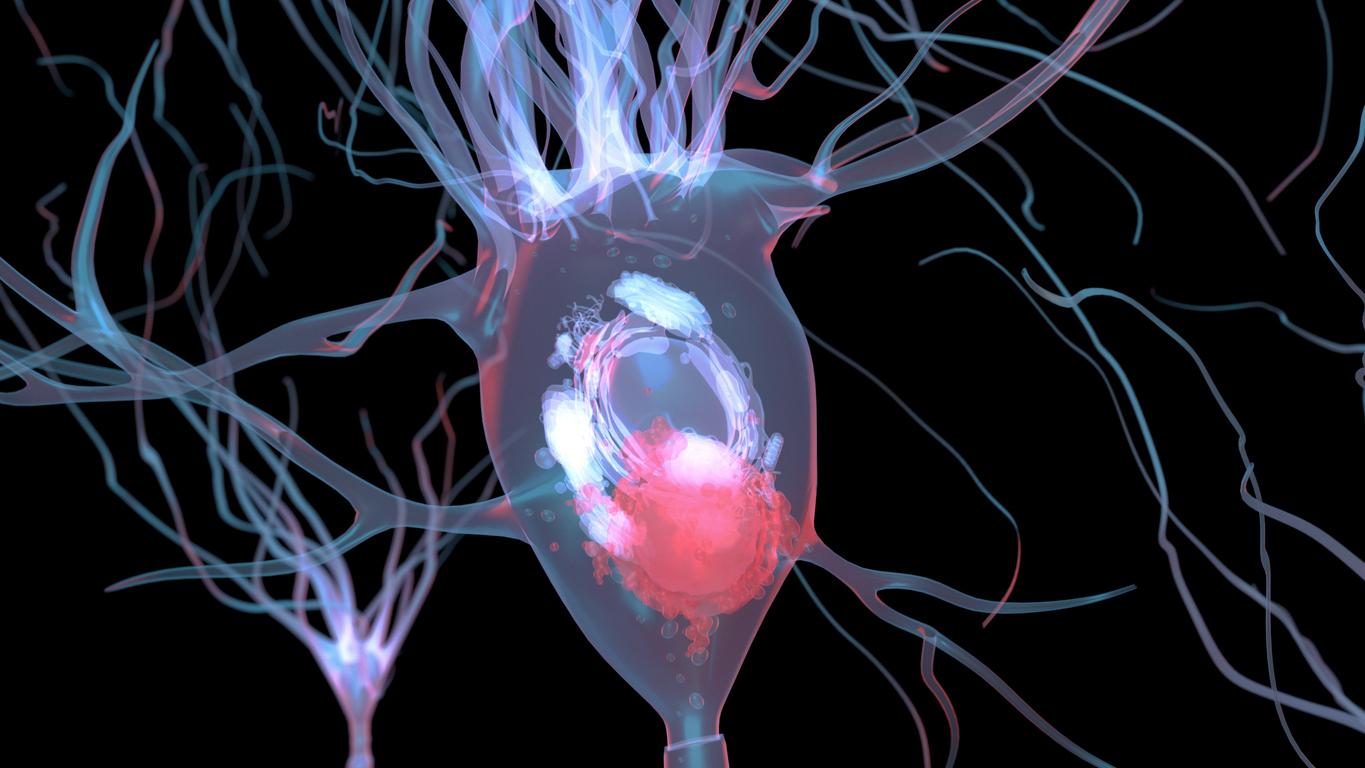The map of France of Alzheimer’s disease management systems reveals significant disparities.

Today, Alzheimer’s disease affects 850,000 people in France; and every year there are an estimated 225,000 new cases. But beyond the sick people, it is the entire entourage that is involved. 3 million people are indirectly affected by this disease which isolates those who are affected as well as their family caregivers and relatives.
Faced with this silent epidemic, the Médéric Alzheimer Foundation asked itself the following question: What is the situation of metropolitan departments with regard to patient care and support systems? To answer this, it has produced, using data from its national survey, conducted in 2015 among 15,000 structures (1), a map which highlights significant disparities.
The South lacking in structures
Five groups of departments were studied. First, northern France, whose departments are characterized by rates of equipment in reception facilities and accommodation slightly above average. To achieve this good result, the authors note that between 2013 and 2015, this equipment was reinforced with an increase of around 20%.
The South, on the other hand, has a deficit in support structures, despite a large proportion of the elderly. It should be remembered that in France, 9% of the population is over 75 years old, with gaps of one to three between the youngest department and the oldest department. In the South, however, within two years, the gap between this group’s rates and national rates narrowed. All equipment has increased by 10 to 20%. But that’s obviously not enough …
A well-endowed rural France
This tour of France has obviously made a detour in the large metropolitan regions, that is to say the Parisian crown, the regions of Lyon and Toulouse. All are considered moderately equipped with below average rates. A focus on Paris also reveals an under-equipped territory.
Finally, the satisfaction of the Foundation’s survey puts the spotlight on “well endowed” rural France. Characterized by a high proportion of elderly people, these rural departments benefit from equipment rates higher than the national average. While recent trends tend towards an increase (+ 18%) in certain systems (reception and day care facilities), others such as diagnostic sites and places in medical accommodation show stagnant rates. Proof that even in these leading regions, efforts still need to be made.

(1) The Letter from the Observatory for Alzheimer’s disease management and support systems relating to the 2015 inventory of systems: www.fondation-mederic-alzheimer.org/Nos-Travaux/ La-Lettre-del-Observatoire.
.











-1721998247.jpg)





